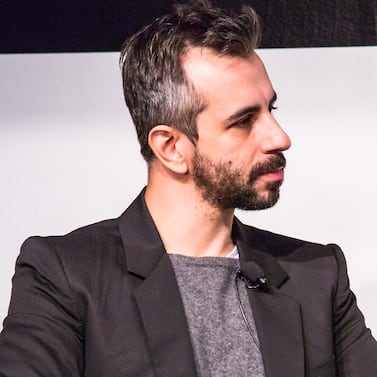
The Business of Fashion
Agenda-setting intelligence, analysis and advice for the global fashion community.

Agenda-setting intelligence, analysis and advice for the global fashion community.

The year isn’t shaping up to be anything like Farfetch expected.
The online luxury player pulled back significantly on its full-year guidance, citing Russia’s war in Ukraine, Covid lockdowns in China and the removal of markdown inventory from partner brands pushing for more full-price sales as factors hampering its business.
The company said it now expects total merchandise sales on its digital platform to rise 5 percent to 10 percent above last year. When it gave its previous forecast at the end of February, it anticipated sales would rise 28 percent to 32 percent.
The story was similar for sales related to its New Guards Group, which it now expects will see growth of 10 percent to 15 percent versus last year — down dramatically from the 20 percent to 25 percent growth it previously guided.
ADVERTISEMENT
In the recent quarter, Farfetch’s revenue rose 6.1 percent to $514.8 million on total merchandise sales that increased just 1.7 percent to $930.8 million across its platforms. It was a marked slowdown from previous quarters.
E-commerce companies of all sorts have faced an uphill climb lately as they’ve struggled to top the huge sales they recorded at the height of the pandemic surge last year. Many have seen their stock fall, including Farfetch, whose shares are down 77 percent this year.
Farfetch is also among many Western businesses that ceased operating in Russia after its invasion of Ukraine. The country was Farfetch’s third-largest market, accounting for 6 percent of sales, making it a greater share of sales at Farfetch than many other luxury players. Because sales in Russia were growing fast, Farfetch had believed it would make up an even bigger proportion in 2022.
José Neves, the company’s founder and chief executive, said the company had been building the business for several years and had gained a large portion of Russia’s online luxury market.
“Our success in Russia, in fact, made it a disproportionate share of our business,” he said in an interview.
In China, Farfetch’s second-largest market, the company felt the impact of renewed lockdowns to curb the spread of Covid. They’ve snarled Farfetch’s logistics and muted demand.
Elliot Jordan, Farfetch’s chief financial officer, told investors on a call that the disruptions in Russia and China wiped $750 million from its full-year guidance and accounted for more than 80 percent of the revision to its forecast. The remainder was due to brand partners accelerating their efforts to remove discounted items from Farfetch’s marketplace, which the company has supported, and general caution given the state of the world.
The company sought to reassure investors that growth in other important regions, such as the US, remained strong, however, and that it sees no general slowdown in online sales of luxury goods. While it currently has no plans to resume operations in Russia, it expects business in China to pick up as the country reopens.
Top-tier luxury brands have come roaring out of the pandemic, but the return of experiences, the rising risk of a global downturn and growing ubiquity of widely distributed labels could spell trouble ahead.
Far from replacing the personal, face-to-face service at the heart of the luxury shopping experience, new technologies and digital channels are giving brands engaging and creative ways to enhance their customer relationships.
Online sales growth is slowing, returning to its pre-pandemic trajectory. As shoppers head back into the store, their new expectations around service set the stage for the next chapter of retail.

Marc Bain is Technology Correspondent at The Business of Fashion. He is based in New York and drives BoF’s coverage of technology and innovation, from start-ups to Big Tech.
The LVMH-linked firm is betting its $545 million stake in the Italian shoemaker will yield the double-digit returns private equity typically seeks.
The Coach owner’s results will provide another opportunity to stick up for its acquisition of rival Capri. And the Met Gala will do its best to ignore the TikTok ban and labour strife at Conde Nast.
The former CFDA president sat down with BoF founder and editor-in-chief Imran Amed to discuss his remarkable life and career and how big business has changed the fashion industry.
Luxury brands need a broader pricing architecture that delivers meaningful value for all customers, writes Imran Amed.